Are lab grown diamonds more ethical?
Introduction
In the world of fine jewelry, diamonds have long held a coveted status as the ultimate symbol of luxury and elegance. However, the dark side of diamond mining, characterized by human rights abuses and environmental devastation, has led to a growing demand for more ethical alternatives. Lab grown diamonds, also known as synthetic diamonds, have emerged as a sustainable and socially responsible option that offers the same beauty and brilliance as their mined counterparts. But the question remains: Are lab grown diamonds truly more ethical?
The Environmental Impact of Diamond Mining
Traditional diamond mining is notorious for its negative environmental consequences. From deforestation and soil erosion to water pollution and air emissions, the mining process takes a heavy toll on the ecosystem. The carbon footprint of diamond mining is substantial, with the need for heavy machinery and transportation contributing to greenhouse gas emissions. In contrast, lab grown diamonds have a slightly lower environmental impact with a side by side comparison. They are produced in controlled laboratory settings using advanced technology, eliminating the need for excessive destructive mining practices.
Most Lab grown diamonds still require mining of a carbon seed to begin the diamond growth process. With the exception of AETHER diamonds made from air pollution and not using a carbon seed. Lab grown diamonds are also slightly more resource-efficient, requiring less water and energy during production. It is important to note they are not ZERO environmental impact as they still need significant resource consumption with many lab diamond factories utilizing fossil fuels as an energy source.
The Human Rights Concerns of Diamond Mining
Beyond the environmental impact, the diamond industry has long been plagued by human rights issues. The term "blood diamonds" refers to diamonds mined in conflict zones and sold to finance armed conflicts against governments but also encompasses diamonds associated with human suffering, including forced labor, child labor, and exploitation. While the diamond industry has made efforts to address these concerns through certification schemes, the problem persists in many regions. Lab grown diamonds, on the other hand, offer a transparent and traceable supply chain for the growth portion but can be opaque with their cutting labor often sending out their crystals to but cut in factories in India. Some lab diamond companies offer transparency of their labor and it is easier to source this labor information over mined diamonds.
The Process of Creating Lab Grown Diamonds
To understand the ethical implications of lab grown diamonds, it is important to delve into the process by which they are created. Lab grown diamonds are produced using two primary methods: Chemical Vapor Deposition (CVD) and High-Pressure High-Temperature (HPHT).
Chemical Vapor Deposition (CVD)
In the CVD process, a tiny diamond carbon seed is placed in a high-temperature chamber and exposed to carbon gases at low pressures. This creates a plasma around the seed, and as the gas particles break down, carbon atoms stick to the seed, forming layers. Over time, these layers build up, resulting in a fully grown diamond.
High-Pressure High-Temperature (HPHT)
The HPHT method involves placing diamond seeds with low inclusions in a high-pressure, high-temperature chamber that replicates the conditions under which natural diamonds form deep within the Earth. The seeds are subjected to extreme pressure and temperature until they transform into diamonds. This process closely mimics the natural diamond formation process but at an accelerated rate.
The Advantages of Lab Grown Diamonds
Lab grown diamonds offer several distinct advantages over their mined counterparts in terms of ethics and responsible sourcing. These advantages make them an appealing choice for conscientious consumers.
Environmental Benefits
One of the most significant benefits of lab grown diamonds is their lower environmental impact and possible lower impact as the technology continues to improve. By eliminating the need for excessive mining, they can help cut down on excessive deforestation and water pollution associated with traditional diamond mining.
Ethical Sourcing
Lab grown diamonds provide a more transparent and ethical alternative to mined diamonds. They are not associated with the human rights issues and conflicts that plague the diamond industry. Lab grown diamonds are produced in controlled environments, making it easier to ensure fair labor practices and eliminating the risk of supporting unethical mining operations. This transparency with sourcing gives consumers peace of mind, knowing that their purchase is not contributing to human suffering or exploitation.
Quality and Value
Lab grown diamonds are indistinguishable from mined diamonds in terms of their physical and chemical properties. They have the same brilliance, clarity, and durability as natural diamonds. In fact, even industry experts cannot differentiate between lab grown and mined diamonds based on optical examination alone. This means that consumers can enjoy the beauty and prestige of diamonds without compromising on quality. Additionally, lab grown diamonds often come at a lower price point compared to mined diamonds, making them more accessible and affordable for a wider range of consumers.
Future Potential
As technology continues to advance, the potential for lab grown diamonds to become even more sustainable and cost-effective is promising. Ongoing research and innovation in the field of diamond synthesis aim to further reduce the environmental impact and production costs associated with lab grown diamonds. This continuous improvement paves the way for a future where lab grown diamonds become the norm, replacing the need for mass scale destructive mining altogether.
The Limitations of Lab Grown Diamonds
While lab grown diamonds offer many advantages, it is essential to consider the limitations and potential drawbacks of this alternative.
Limited Market Acceptance
Lab grown diamonds are still relatively new to the market, and their acceptance among consumers varies. While younger generations, such as Gen Z, are more open to lab grown diamonds due to their ethical and low-impact nature, older generations may still prefer natural diamonds. Overcoming the perception that lab grown diamonds are "fake" or of lesser value remains a challenge.
Energy Consumption
The energy-intensive nature of lab grown diamond production is a point of concern. The process requires significant amounts of electricity, and the source of this energy can impact the overall environmental footprint. To mitigate this concern, it is crucial for lab grown diamond producers to prioritize renewable energy sources and implement energy-efficient practices.
Resale Value
The resale value of lab grown diamonds may be lower compared to natural diamonds. The market for lab grown diamonds is still developing, and some buyers may prefer natural diamonds for their rarity and investment potential. However, as lab grown diamonds gain wider acceptance, the resale value is expected to improve.
It is also important to note that you should never purchase any diamond lab or mined for their resale value as these commodities will not gain a traditional return on investment as compared to other resale investments like homes. You will never be able to fetch the same price you paid for the diamond when reselling it in a few years unless the diamond is of significantly rare quality. Typically the consumer resale diamond values will increase over the span of 50 years and possibly never match with the original retail price tag.
Conclusion: Making an Informed Choice
The decision to choose lab grown diamonds over mined diamonds ultimately comes down to personal values and priorities. It is a highly nuanced debate and not as black and white as we would like it to be.
Lab grown diamonds initially offer a lower impact and and an assured conflict-free alternative that can address many of the major environmental and human rights concerns associated with traditional diamond mining. They provide consumers with an easier option that does not compromise on quality or beauty. However, market acceptance and the need for continued improvements in energy efficiency and fossil fuel consumption remain factors to consider. By making an informed choice, consumers can ensure that their purchases fully align with their values.
Disclaimer: The information provided in this article is for educational purposes only and should not be considered as financial or investment advice. Please consult with a professional advisor before making any purchasing decisions.
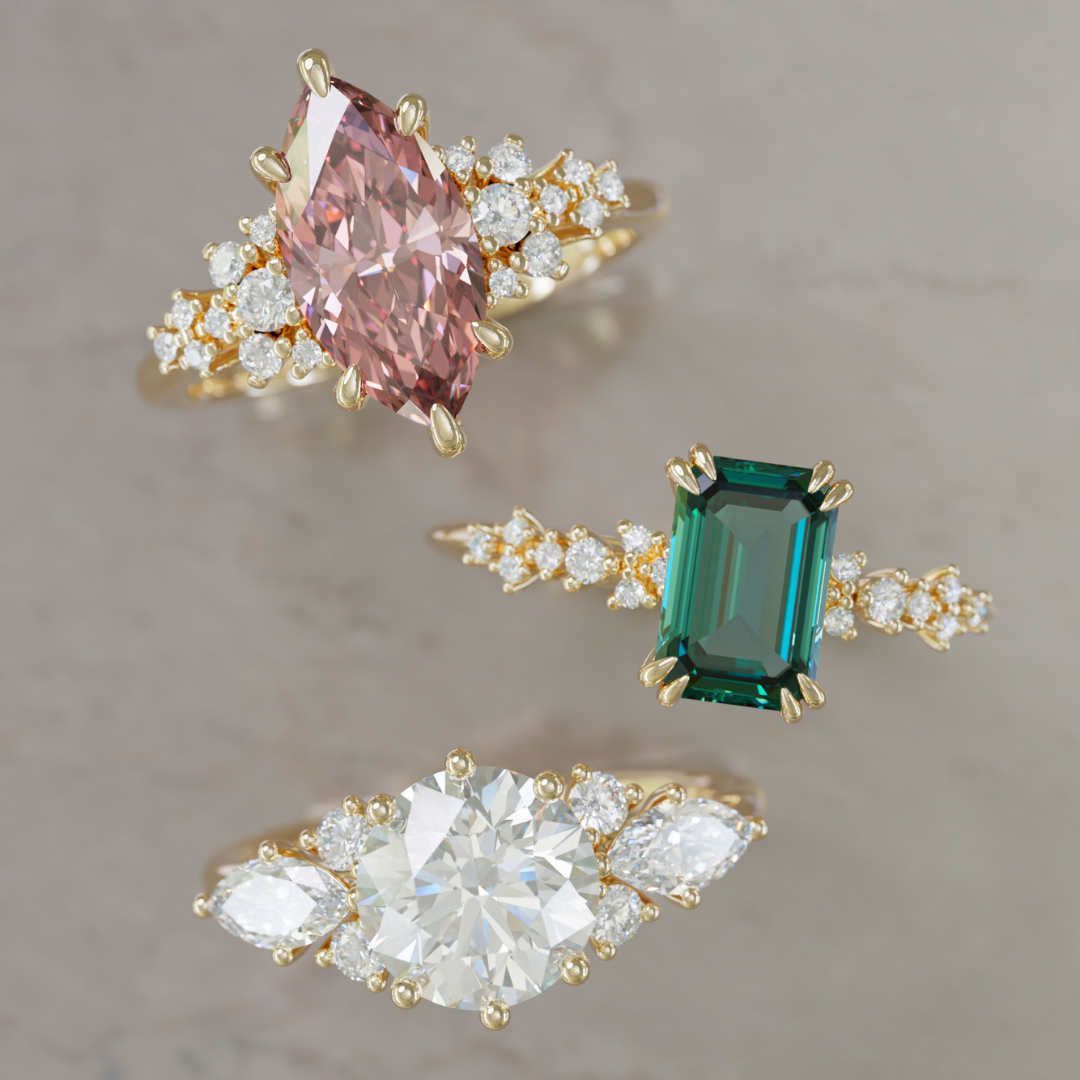



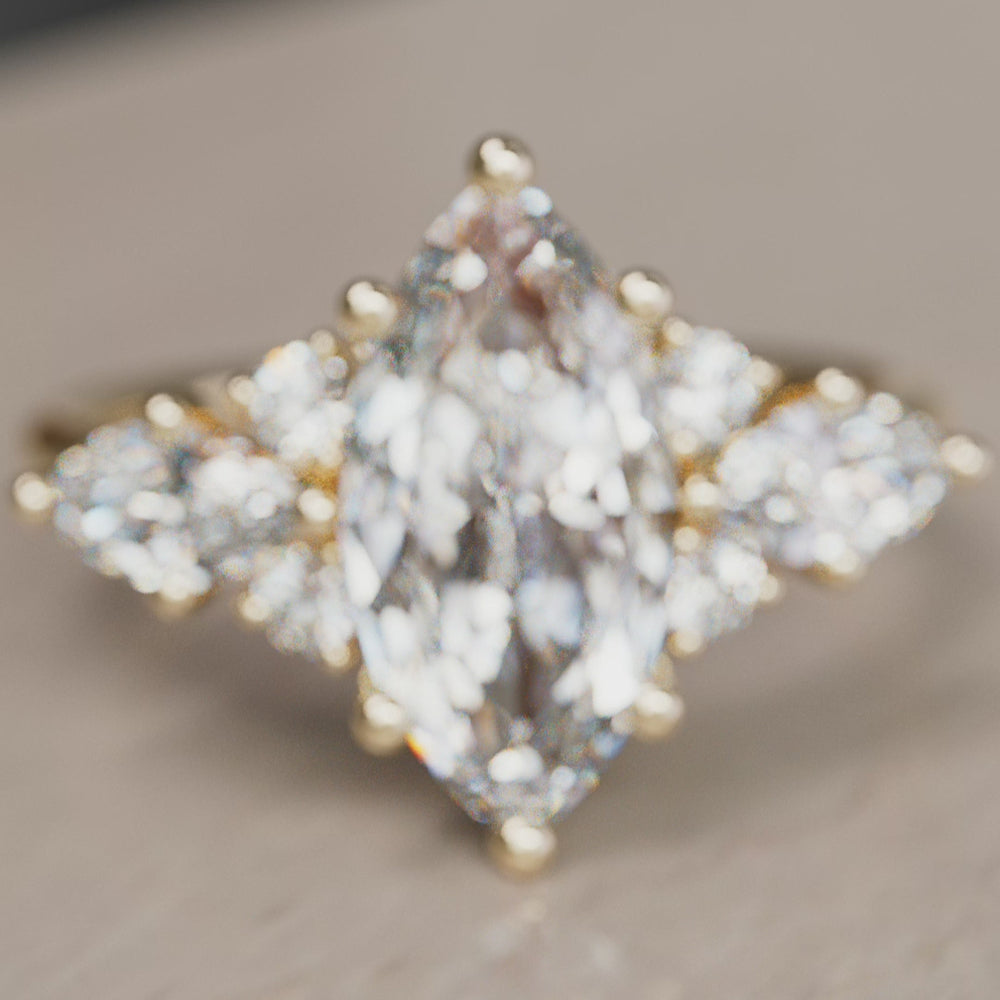


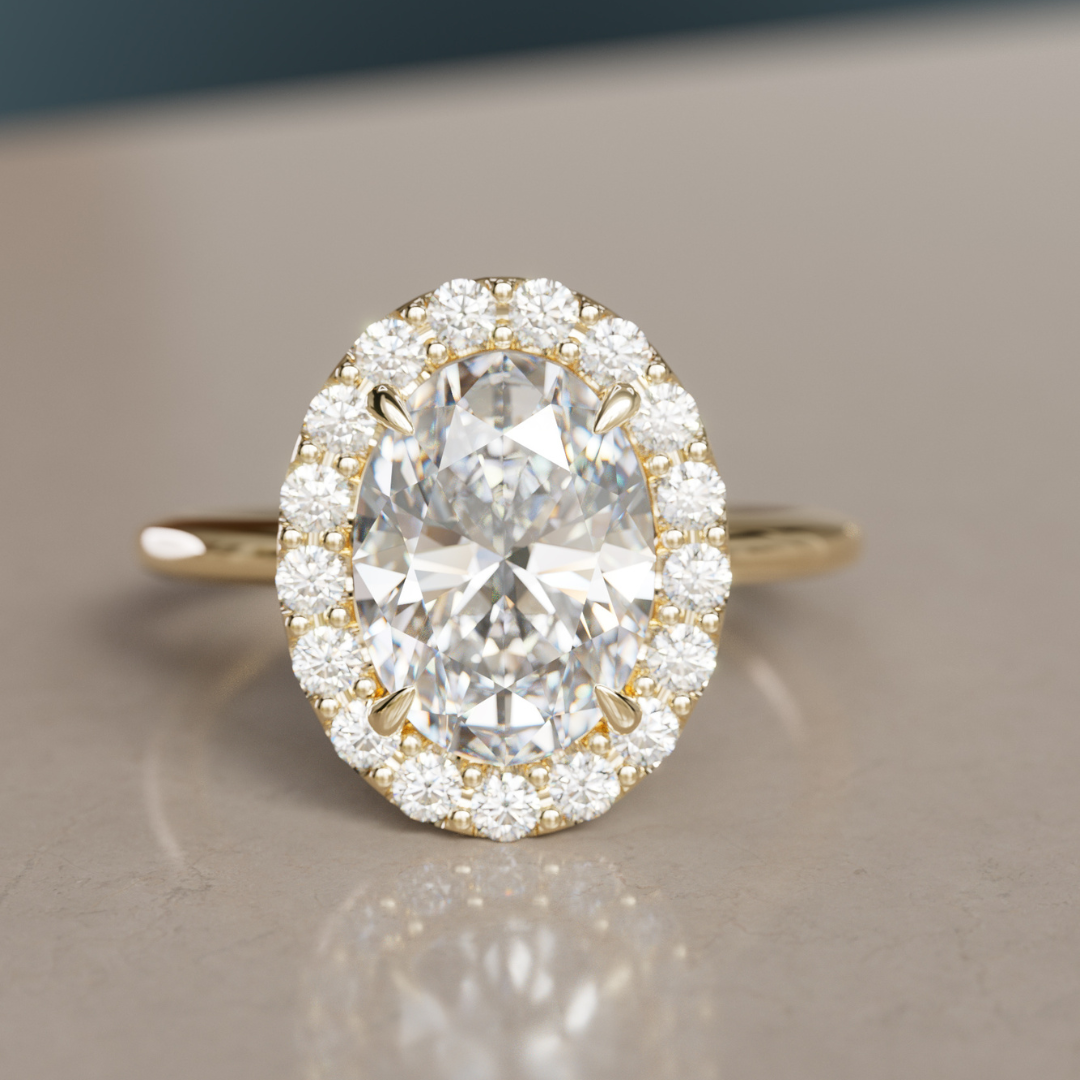
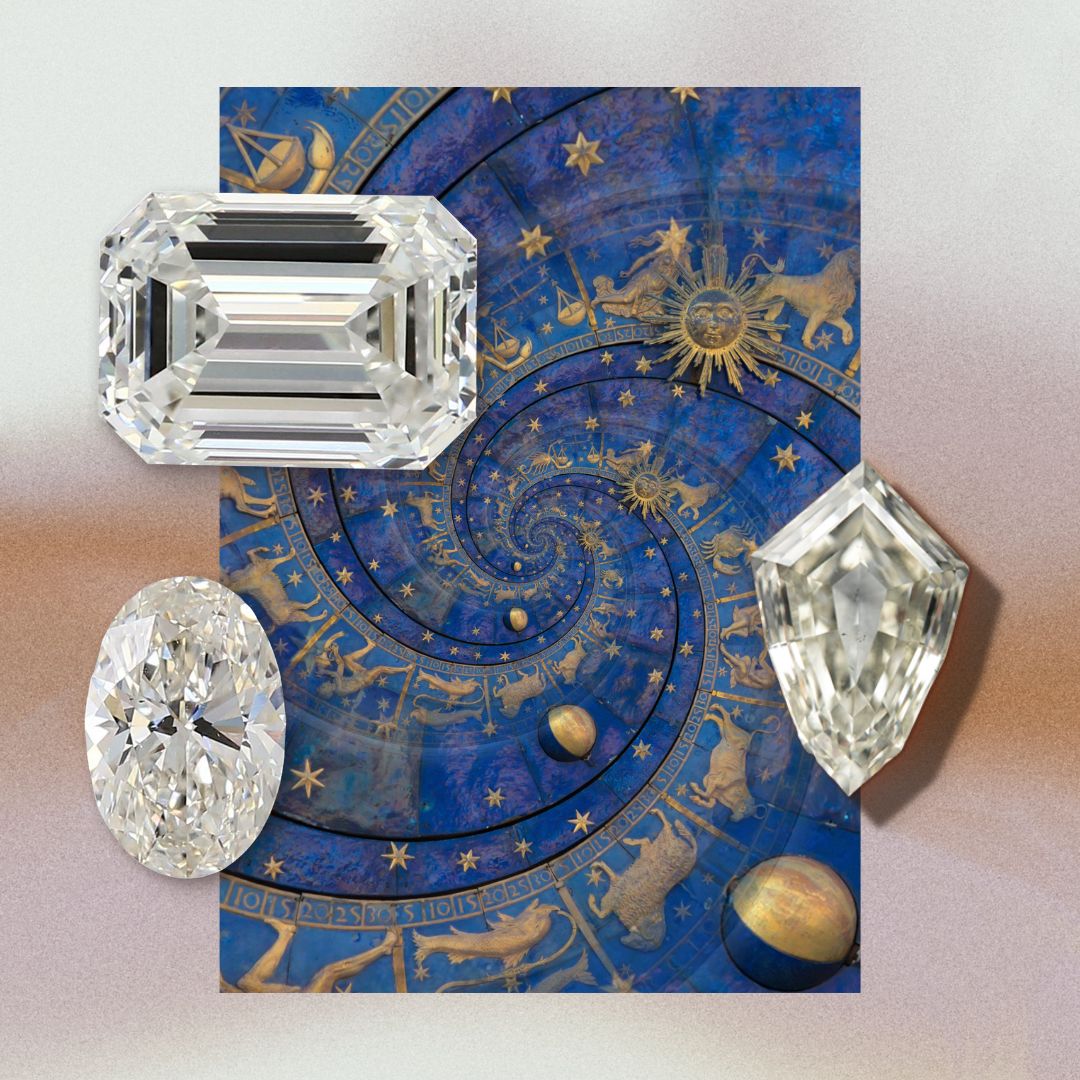





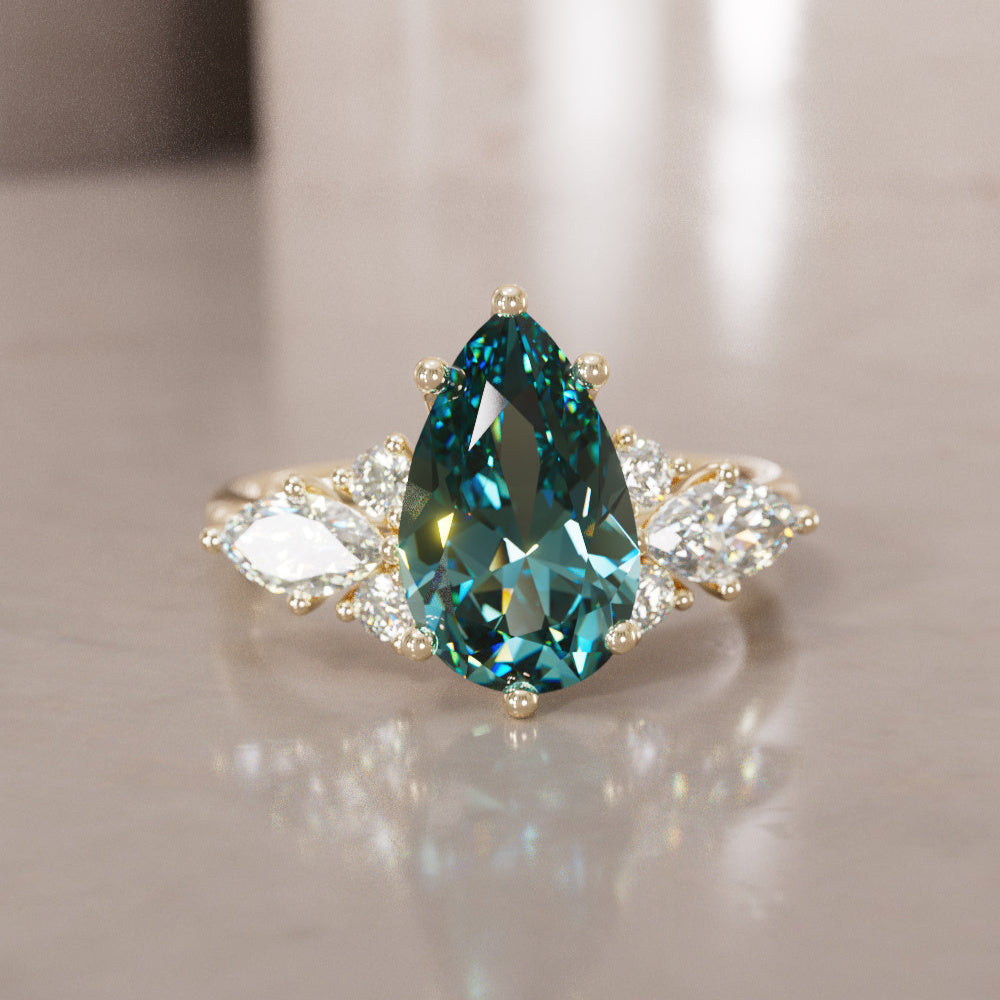
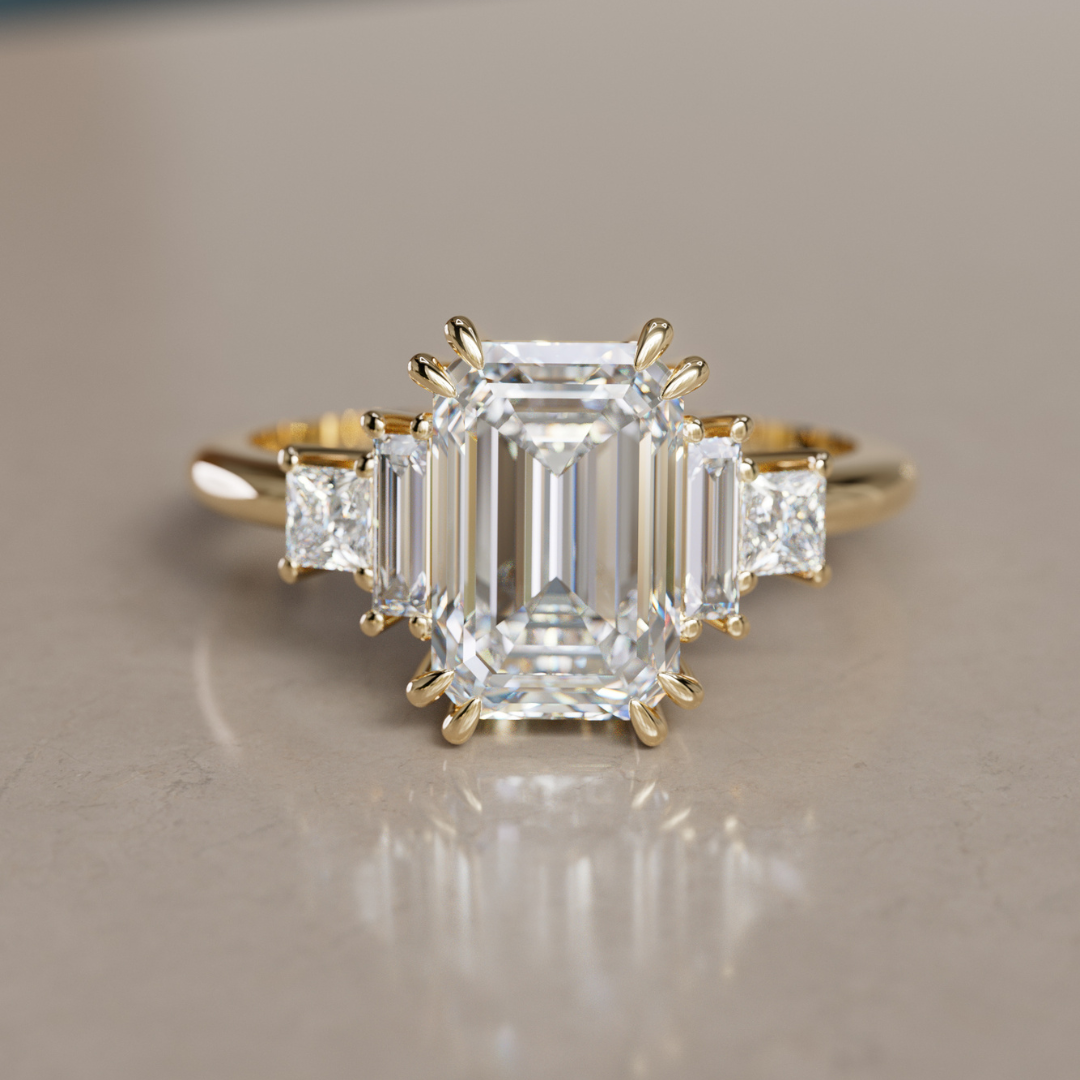

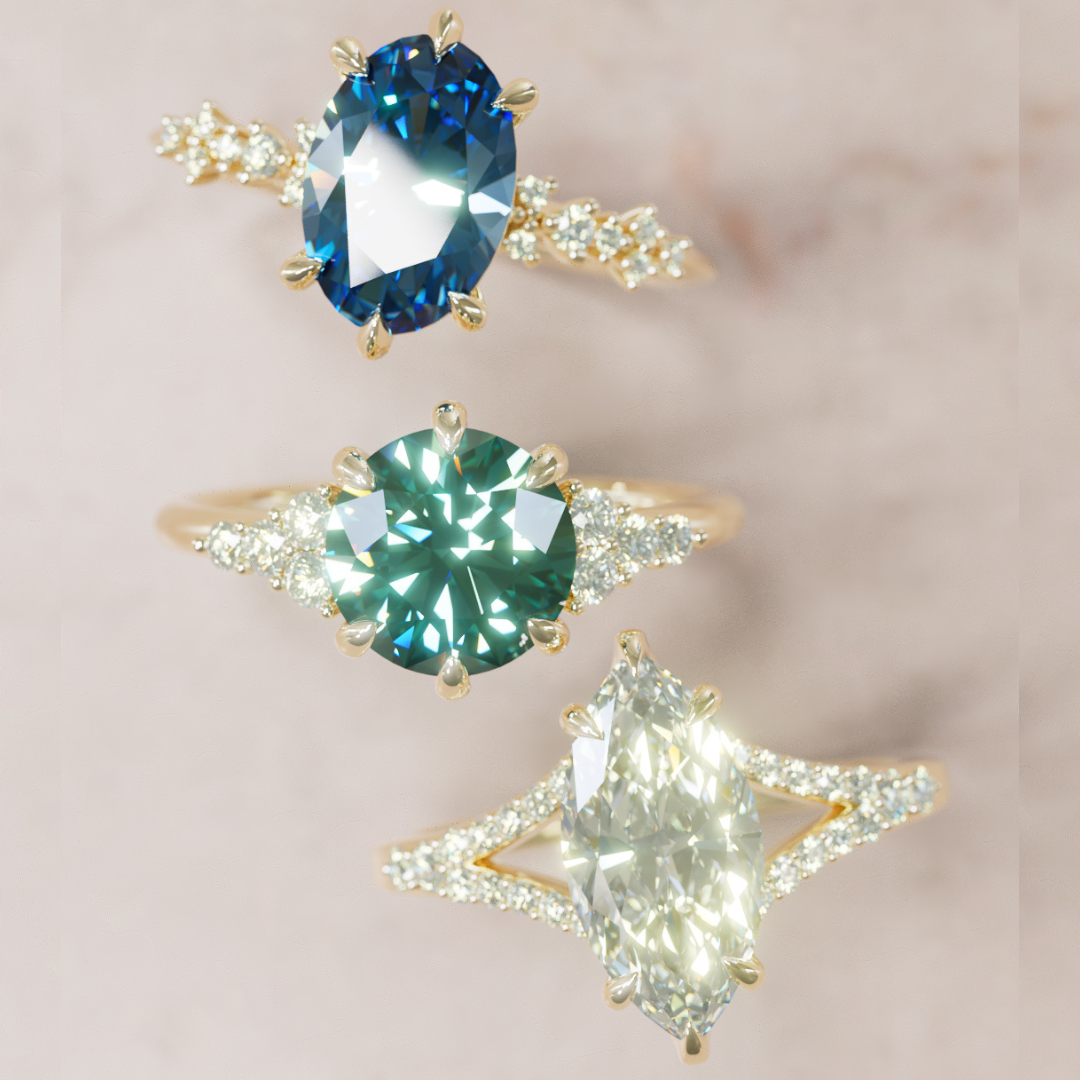
Leave a comment